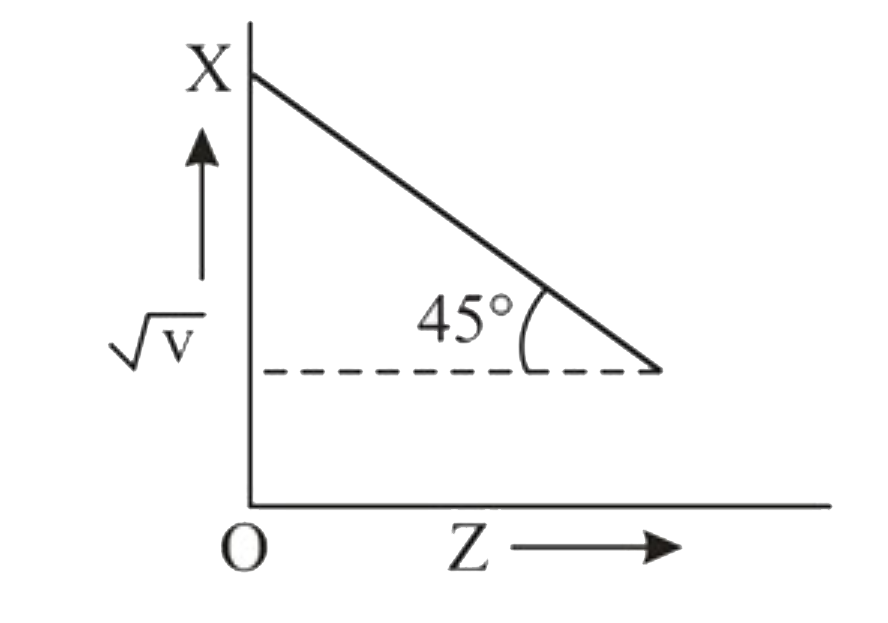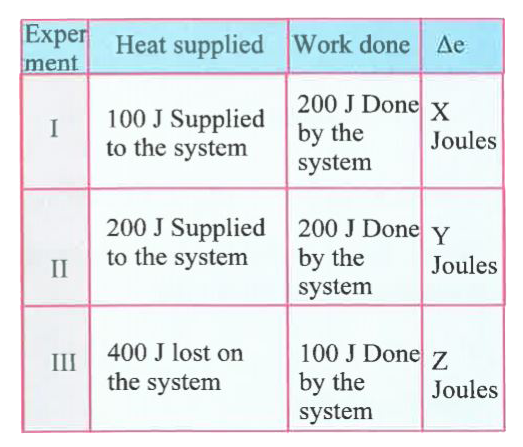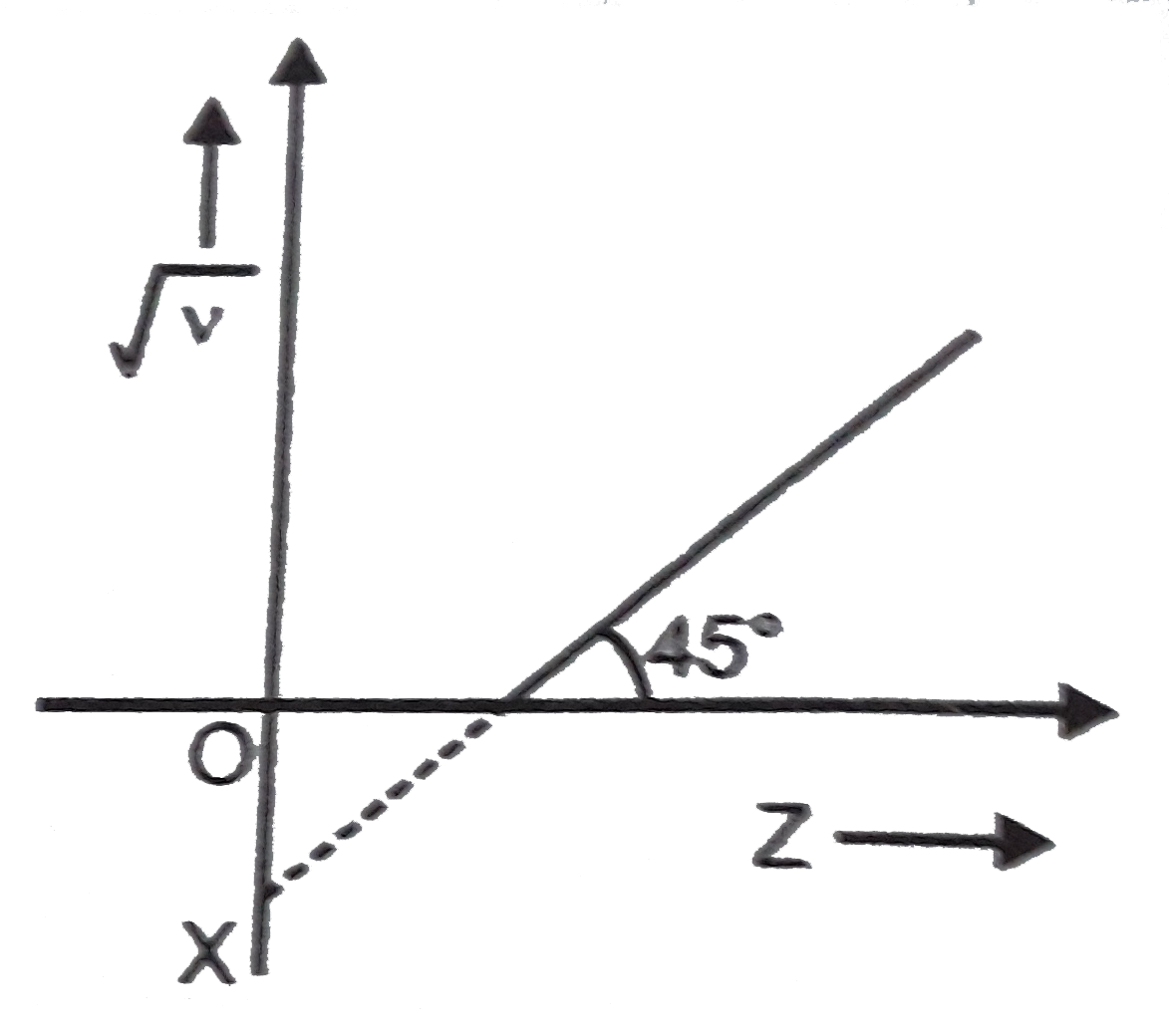In Mosley's equation , √v=a(Z−b) which was derived from the observations made during the bombardment of the metal target with X - rays
a is independent but b depends on the metal
Both a and b are independent of the metal
Both a and b depends on the metal
b is independent but a depends on the metal
The correct Answer is:B
To solve the question regarding Moseley's equation, we will break down the components and their significance step by step.
Step 1: Understanding Moseley's Equation
Moseley's equation is given by:
√v=a(Z−b)
where:
- v is the frequency of the emitted X-rays.
- Z is the atomic number of the target metal.
- a and b are constants.
Step 2: Identifying the Constants
- The constant a is related to the series of X-rays being emitted (K series, L series, etc.).
- The constant b is known as the screening constant or shielding constant, which accounts for the effect of inner electrons on the outer electrons.
Step 3: Values of Constants for Different Series
- For the K series:
a=√3Rc4,b=1
- For the L series:
a=536Rc,b=7.4
where Rc is the Rydberg constant.
Step 4: Independence of Constants
From the observations made, we can conclude that:
- The values of a and b are constants that do not depend on the specific metal being bombarded. They are derived from fundamental constants and the nature of the electron transitions involved.
Step 5: Conclusion
Thus, the correct interpretation of the question is that both constants a and b are independent of the metal used in the bombardment process.
Final Answer
The correct option is that both a and b are independent of the metal.
---
Moseley's equation is given by:
√v=a(Z−b)
where:
- v is the frequency of the emitted X-rays.
- Z is the atomic number of the target metal.
- a and b are constants.
- The constant a is related to the series of X-rays being emitted (K series, L series, etc.).
- The constant b is known as the screening constant or shielding constant, which accounts for the effect of inner electrons on the outer electrons.
- For the K series:
a=√3Rc4,b=1
- For the L series:
a=536Rc,b=7.4
where Rc is the Rydberg constant.
From the observations made, we can conclude that:
- The values of a and b are constants that do not depend on the specific metal being bombarded. They are derived from fundamental constants and the nature of the electron transitions involved.
Thus, the correct interpretation of the question is that both constants a and b are independent of the metal used in the bombardment process.
The correct option is that both a and b are independent of the metal.
Topper's Solved these Questions
Similar Questions
Knowledge Check
Which of the following observations made from the Ellingham diagram is wrong ?
AThe slope of the curves of the formation of metal oxides is negativeBEach curve is straight line except when some change takes place in phase (S−1or1→g)CIn the case of less reactive (or less electroposities metal like AgandHg,ΔGӨ become positive at relatively low temperatures .DAny matel oxide with lower value of ΔGӨ is more stable than a metal oxide with higher ΔGӨ .In the graph between √vandZ for the Mosley's equation, √v=a(Z−b), the Mosley's equation, √v=a(Z−b), the intercept OX is 1 on √v axis.

What is the frequency v when the atomic number Z is 52?A7.14s−1B7s−1C2401s−1D2601s−1For the production of X-rays, the target should be made of
ASteelBCopperCAluminiumDTungsten
Name the electromagnetic radiations which are produced when high energy electrons are bombarded on a metal target.
View SolutionWhich of the following are the characteristics required for the target of produce X - rays ?
View SolutionDuring the reaction of some metals with dilute hydrochloric acid, following observation was made.
The temperature of the reaction mixture rises when aluminium (Al) is added.
Explain these observations giving suitable reasons.
View SolutionDuring the reaction of some metals with dilute hydrochloric acid, following observations were made.
The reaction of sodium metal is found to be highly explosive.
Explain these observations giving suitable reasons.
View SolutionMoseley's law for characteristic X-rays is √v=a(Z−b). In this,
View Solution


